On average, you spend roughly 2 to 2.5 hours each week tidying up your living space. However, you may be spending more time than necessary by adhering to various cleaning myths. You can cut down your cleaning time and enhance the efficiency of your routine by unraveling these myths.
Too Much Vacuuming Ruin Carpets
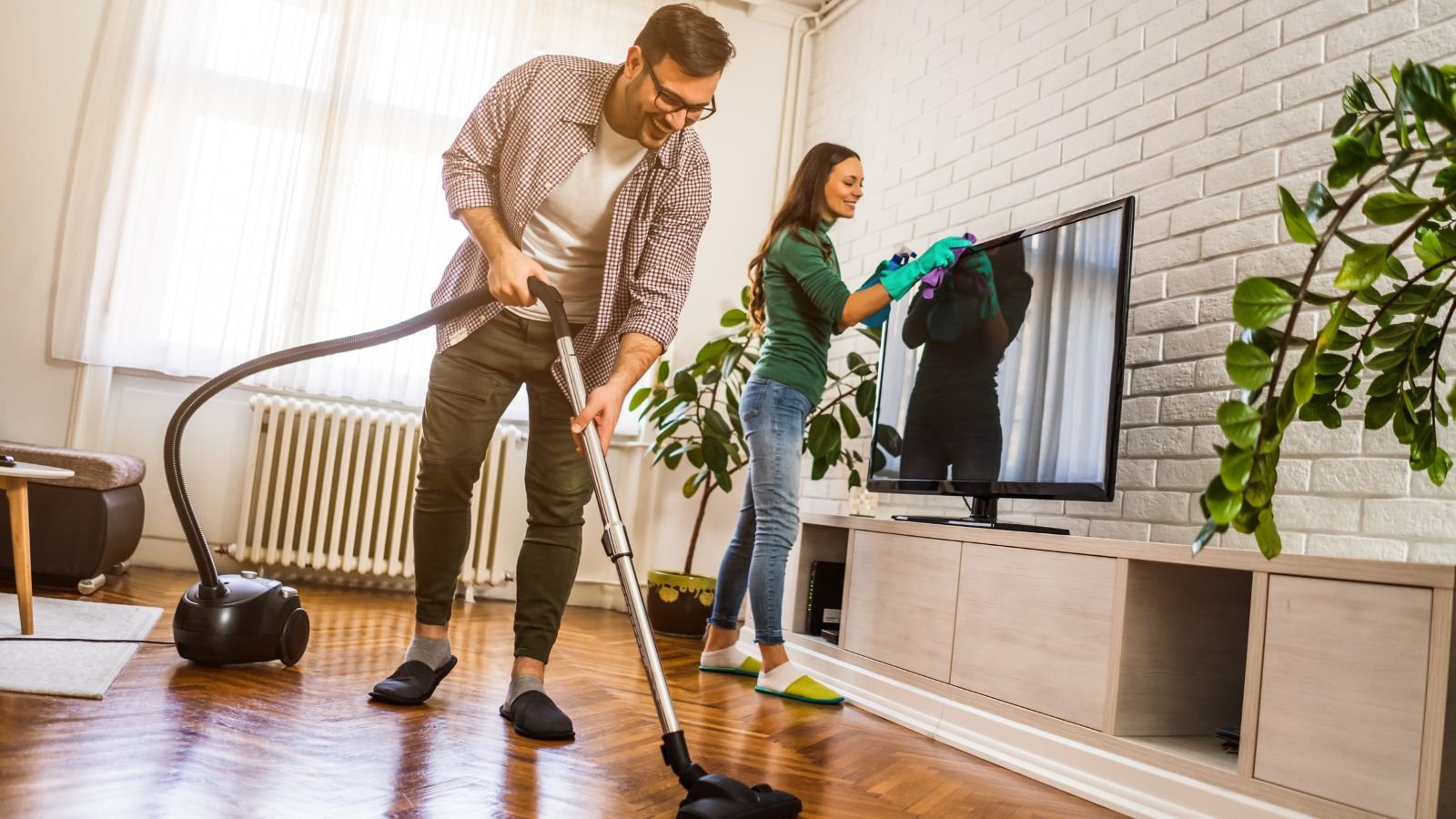
Some might think that vacuuming too often can ruin the carpet. In reality, it’s more about how you vacuum. While being rough with delicate rugs can indeed cause damage, the real issue is leaving the vacuum in one spot for too long. It can melt fibers and leave burn marks.
Bleach is the Best Cleaner for Bathrooms

There’s a common belief that bleach is the ultimate solution for bathroom cleaning. But it is not entirely true. Bleach is great for disinfecting but not for cleaning off dirt.
It is better to start with a regular household cleaner to remove dust and grime, then follow up with a diluted bleach solution for disinfection. While bleach-containing cleaners exist, they might not be as effective because bleach gets diluted with the cleaning agent. This makes it less potent for disinfecting.
Feather Duster Removes Dust

While feather dusters have their charm, they are not the most effective at actually picking up dust. Microfiber and lambswool dusters are much better at trapping and holding dust. Alternatively, a wet cloth or a vacuum can also do the trick for dust removal.
Polish is the Best Way to Take Care of Wood

Using polish might make wood shine. But it can also lead to waxy buildup over time. Most wood furniture only needs regular cleaning with a damp microfiber cloth to keep in good condition. This is because it usually already has a protective finish. You do not need to maintain fancy polishes, just a simple wipe-down does the trick.
Mopping Just Pushes Dirt Around

Contrary to popular belief, mops can be effective cleaners, especially if you opt for high-quality microfibre ones. These mops pick up dirt and hold onto it and prevent cross-contamination. Plus,you can easily swap out dirty mop heads for clean ones. This ensures a thorough cleaning without spreading dirt around.
Cleaning and Disinfecting are the Same

Cleaning and disinfecting might sound similar, but they serve different purposes. Cleaning removes dirt and dust and reduces the number of germs. Whereas the process of disinfecting results in killing germs on surfaces. Both are essential for maintaining a clean and sanitary environment.
Air Freshener Cleans the Air
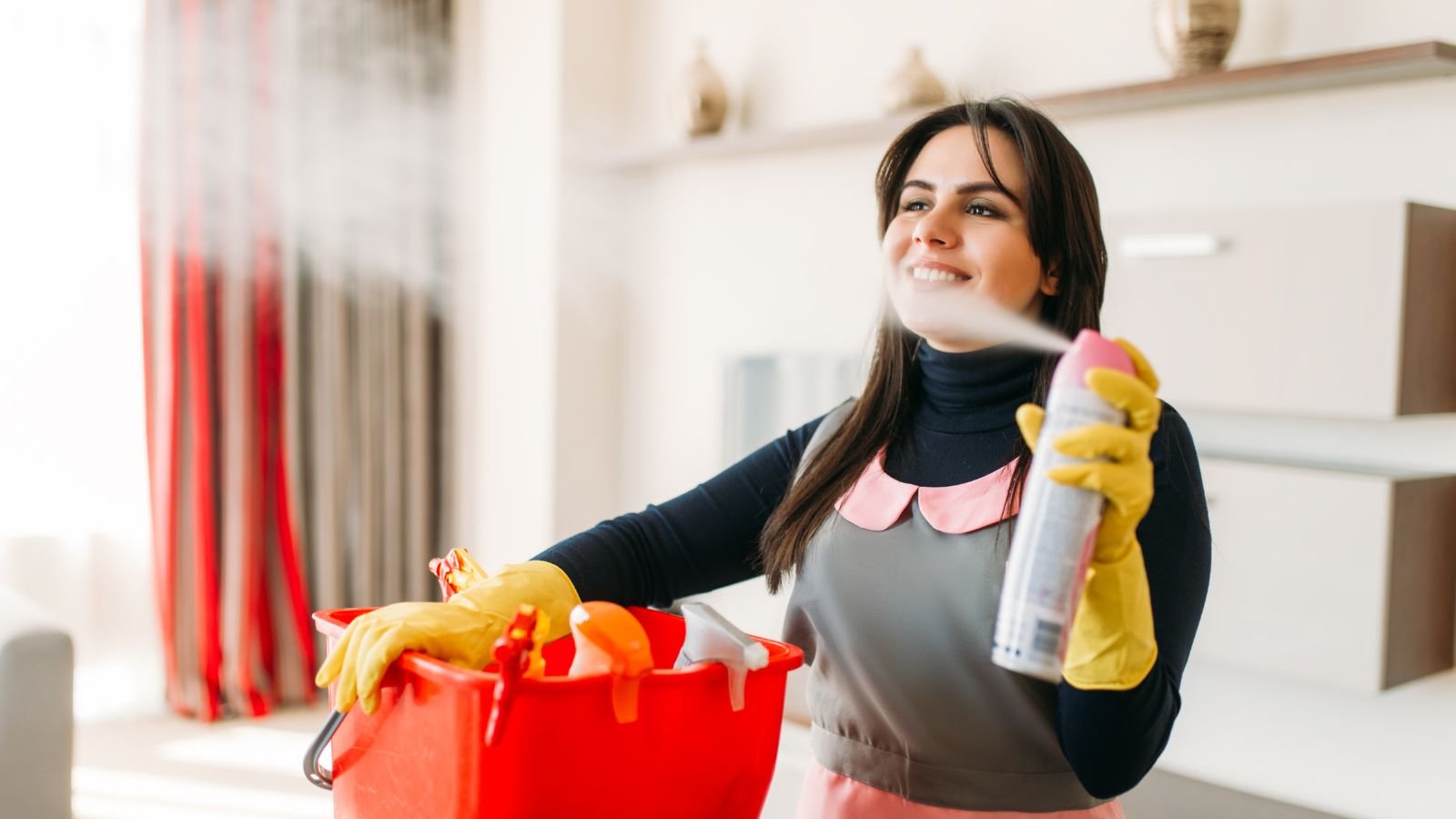
Despite making your room smell nice, air fresheners do not clean the air. Most just mask odors temporarily and can even make a lousy smell worse once the scent fades. Instead of covering up odors, it is better to address their source.
Washing Machines Clean Themselves
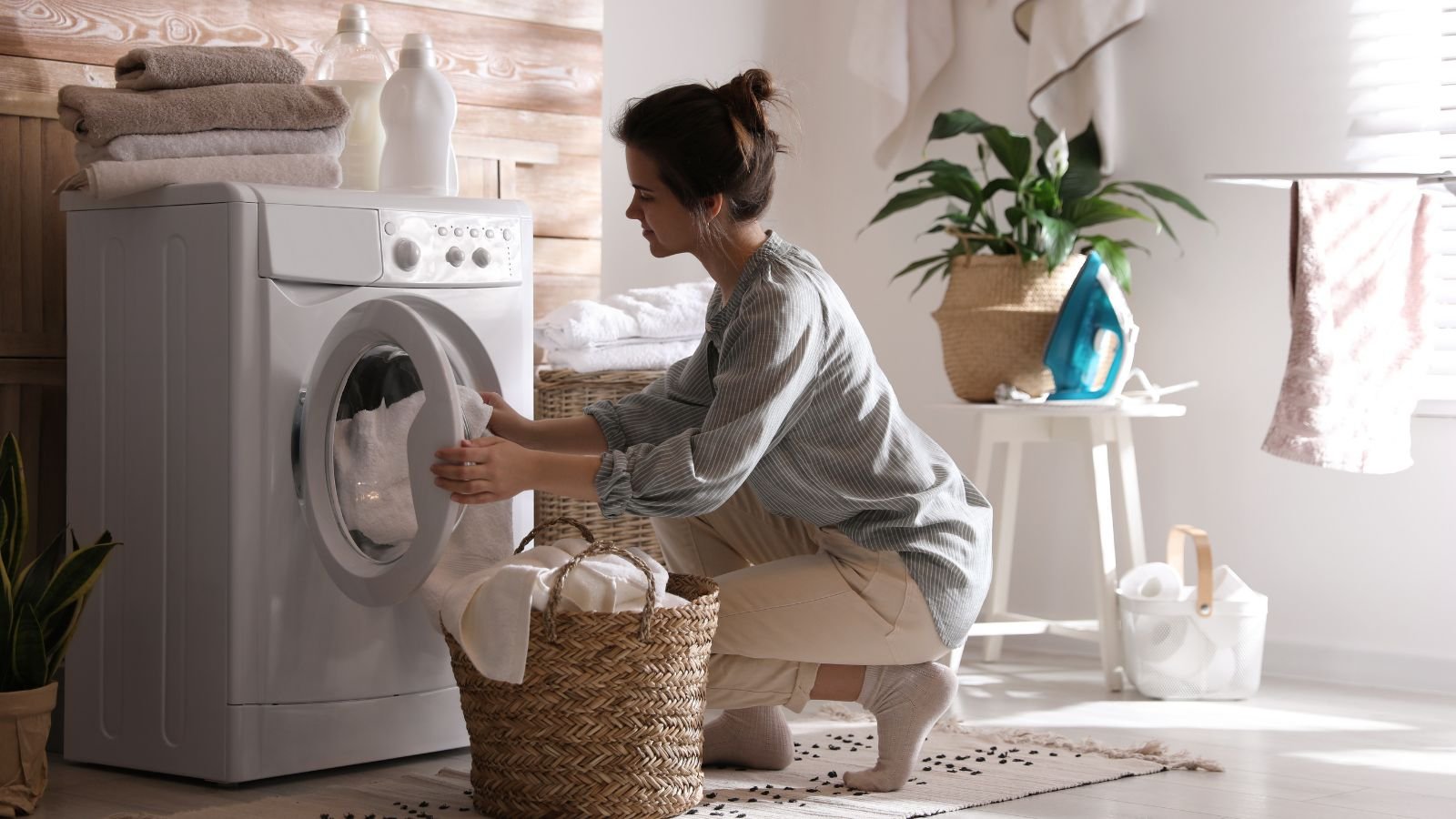
Washing machines need regular cleaning. Neglecting to clean them can lead to germ buildup, especially if you wash only in cold water. Many washing machines have “clean” cycles for this purpose. It ensures your machine remains clean and sanitary.
Vinegar is an All-Purpose Cleaner
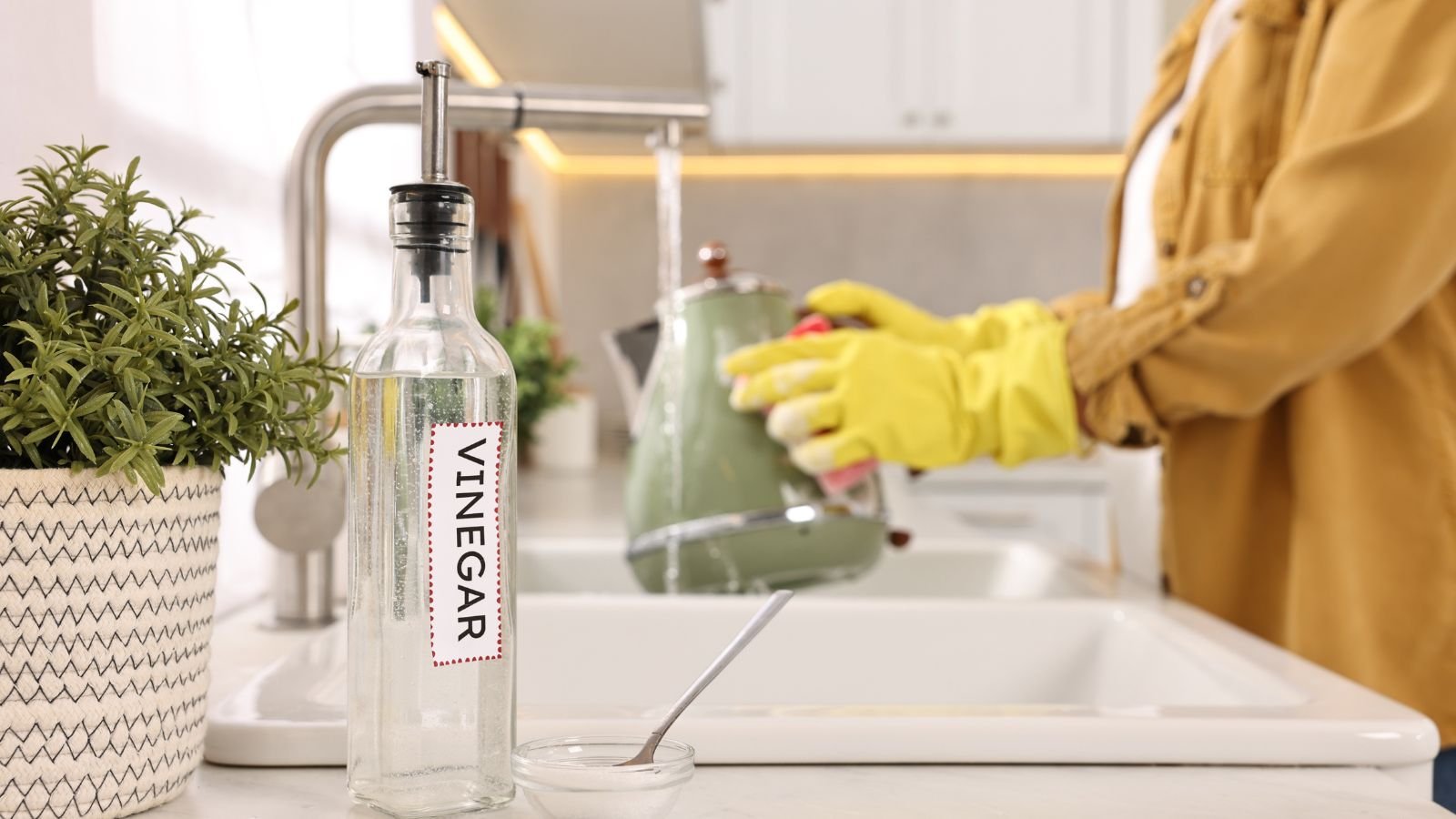
While vinegar is excellent for cutting grease and removing limescale, it is not suitable for all surfaces. Some materials like granite countertops and wooden floors can be damaged by its acidic nature. So, while vinegar has its uses, it is essential to use it selectively.
Washing Clothes in Cold Water Doesn’t Clean Them
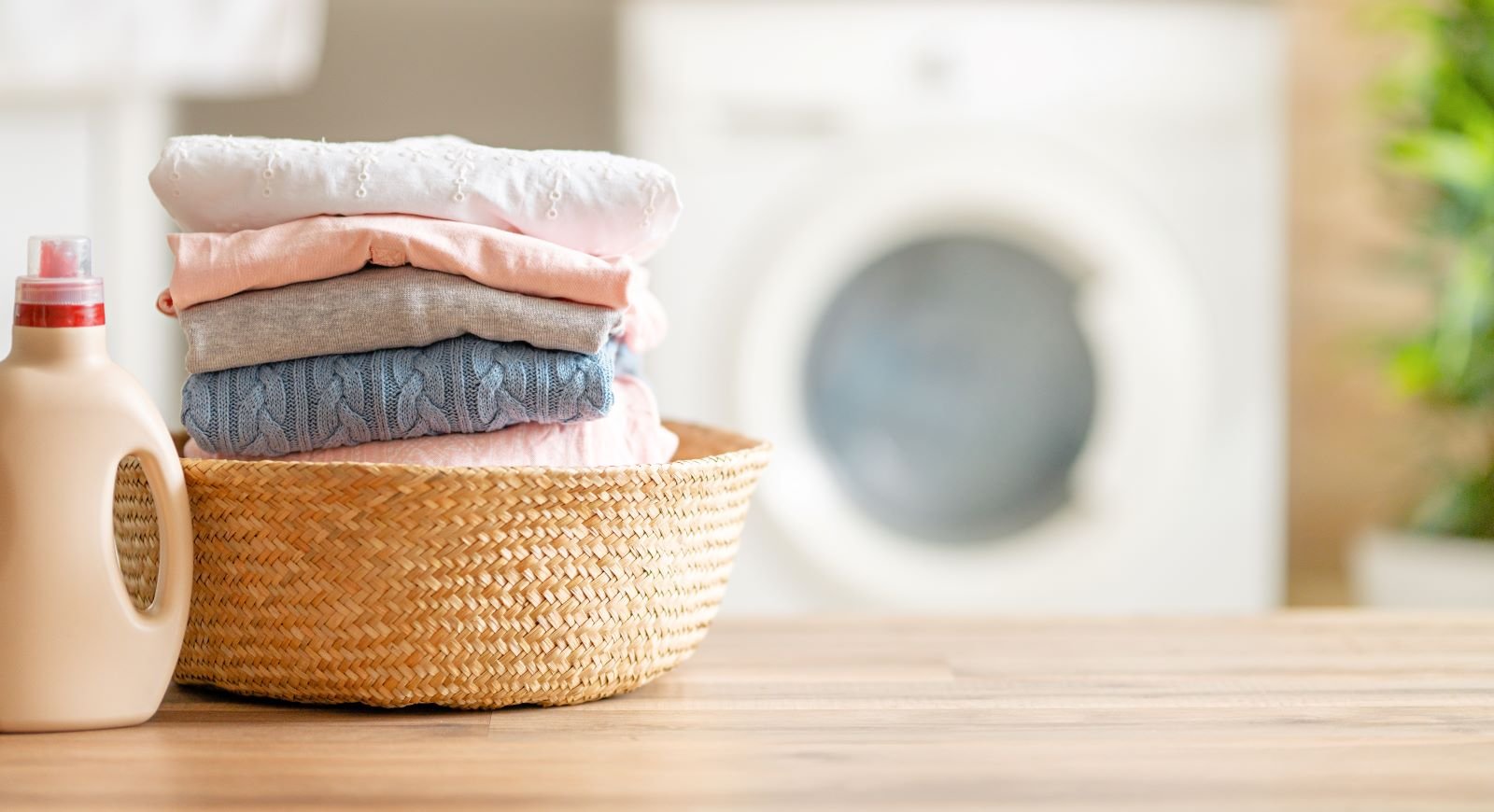
Contrary to popular belief, washing clothes in cold water is just as effective, if not more so, than using hot water. The detergent plays a significant role in cleaning than water temperature. Cold water preserves clothes better and can prevent stains from setting. It also helps in saving energy.
Hand-Washing Dishes is More Effective than Dishwasher
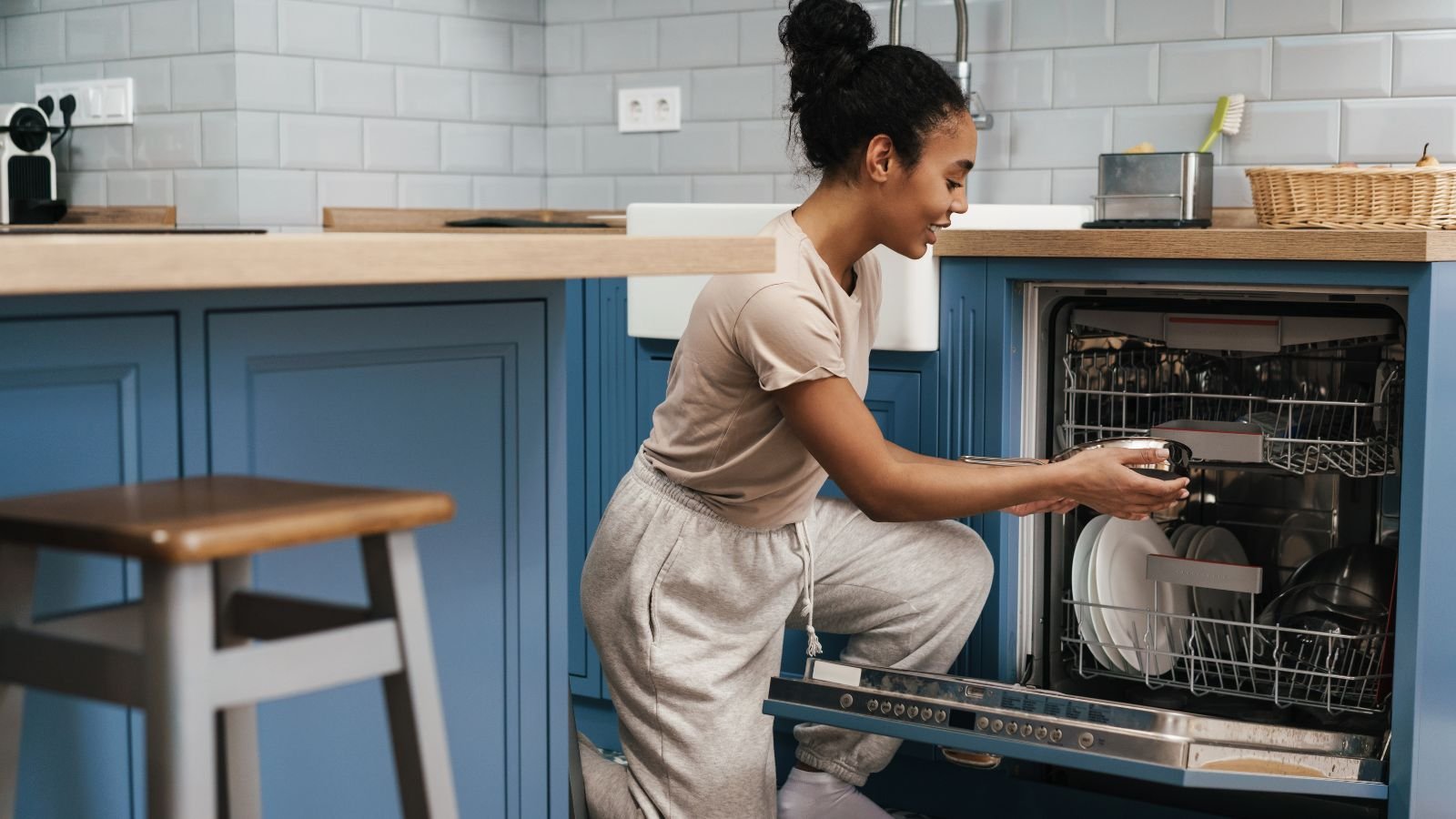
Despite the elbow grease you put into hand-washing dishes, a dishwasher actually does a better job. Its hot water and longer exposure to soap ensures thorough cleaning. It is especially so if you use the drying cycle which also sanitizes the dishes.
Newspapers Give Glass a Streak-Free Shine

This myth might have been once true. However, modern newspapers are too thin and messy for this task. Instead, you can opt for a microfibre cloth which would not disintegrate and leave a mess.
All Green Products are Safe to Use
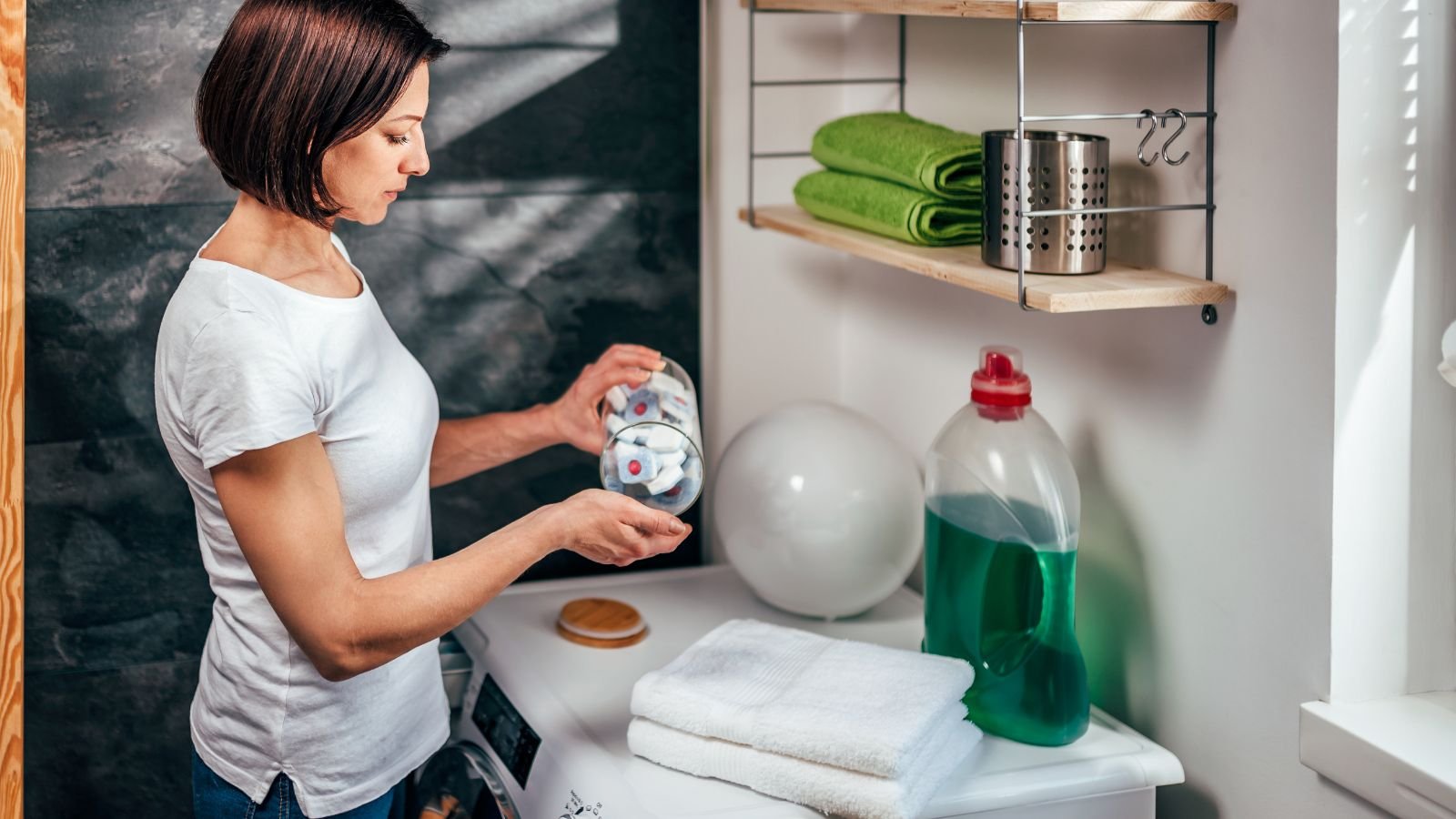
Just because a product is labeled “green,” it does not automatically make it safer. Sometimes, the label simply means it uses less water in production. Always read labels carefully before assuming a product’s safety.
Coffee Grounds are Great Way to Clean Garbage Disposal
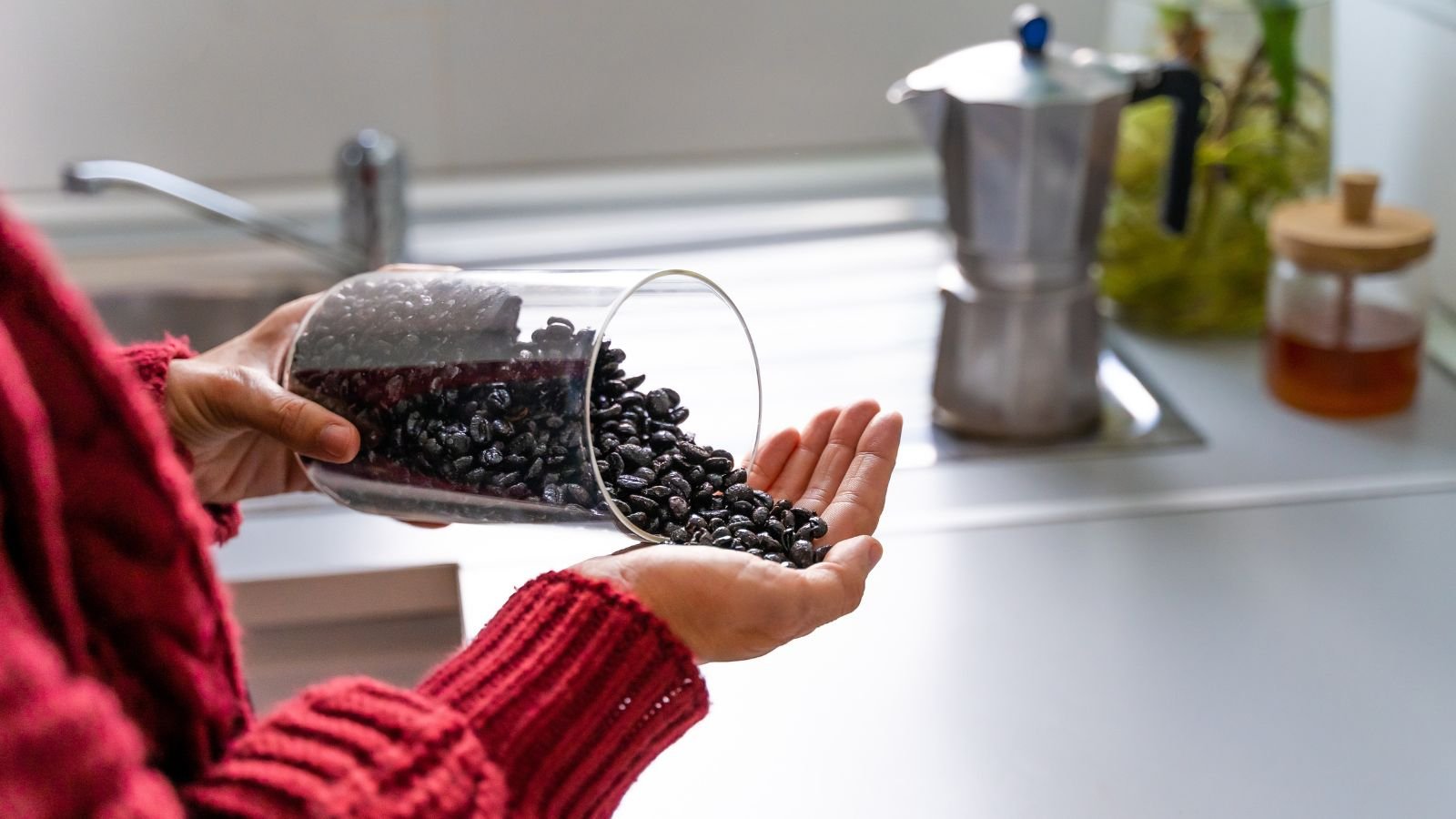
Coffee grounds might seem like a natural cleaner for garbage disposals. But they usually end up clogging your drains and pipes. Instead, you can opt for citrus peels, which naturally clean and deodorize. Plus, they won’t cause you any plumbing headaches.
Wash Your Sheets Every Two Weeks

To keep things clean and fresh, it is best to wash sheets weekly. Sweats and oils can build up, making your sheets a breeding ground for germs. If you can’t manage to wash your sheets weekly, aim for no longer than two weeks. You should use hot water to wash them as hot water kills more germs.
Using More Laundry Detergent is Better

Contrary to popular belief, using extra detergent does not mean cleaner clothes. In fact, it can leave soap residue that needs another rinse. You should follow the instructions written in the detergent bottle.
You Need Specialized Cleaning Products
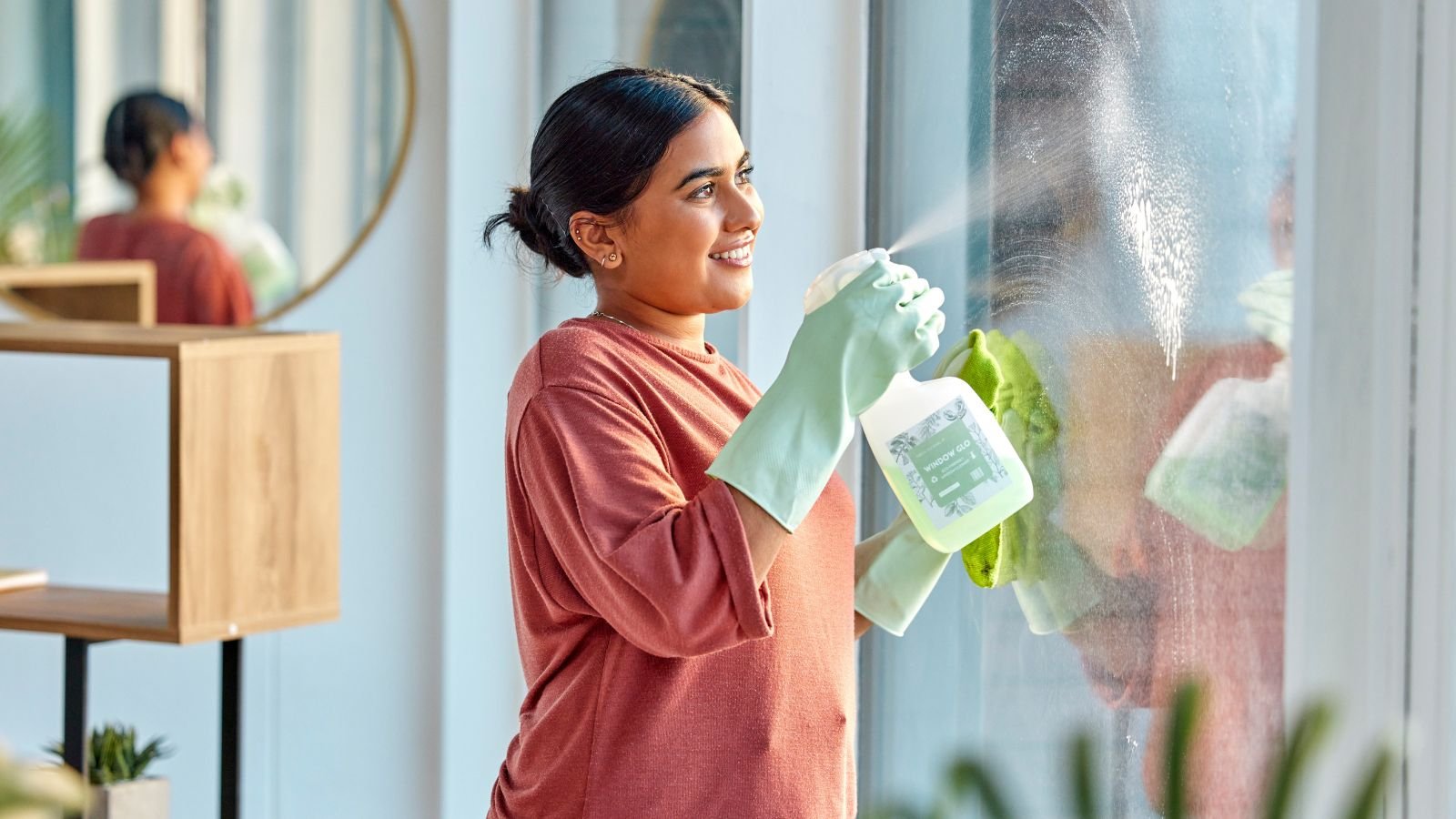
You do not need a cabinet full of cleaning products for a sparkling home. An all-purpose cleaner and a few trustworthy clothes are often all you need. These clothes work wonders, trapping dirt and bacteria with their tiny fibers.
Disinfectant Products Work Instantly
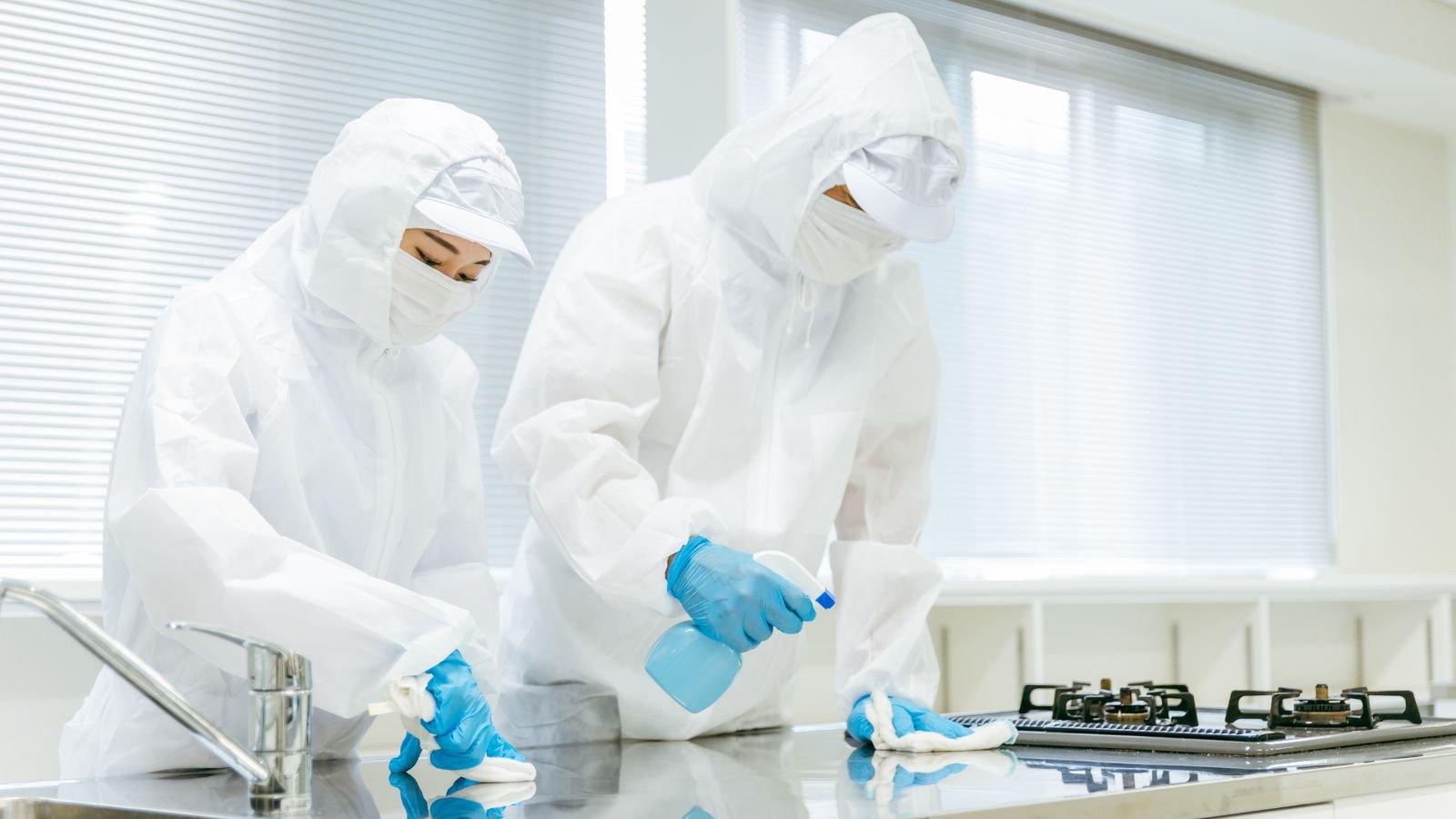
While disinfectant wipes are convenient, they do not work instantly. Be sure to follow the product’s instructions carefully, including the recommended time to kill germs effectively. Simply swiping won’t do the trick.
Hair Spray Can Remove Ink Stains
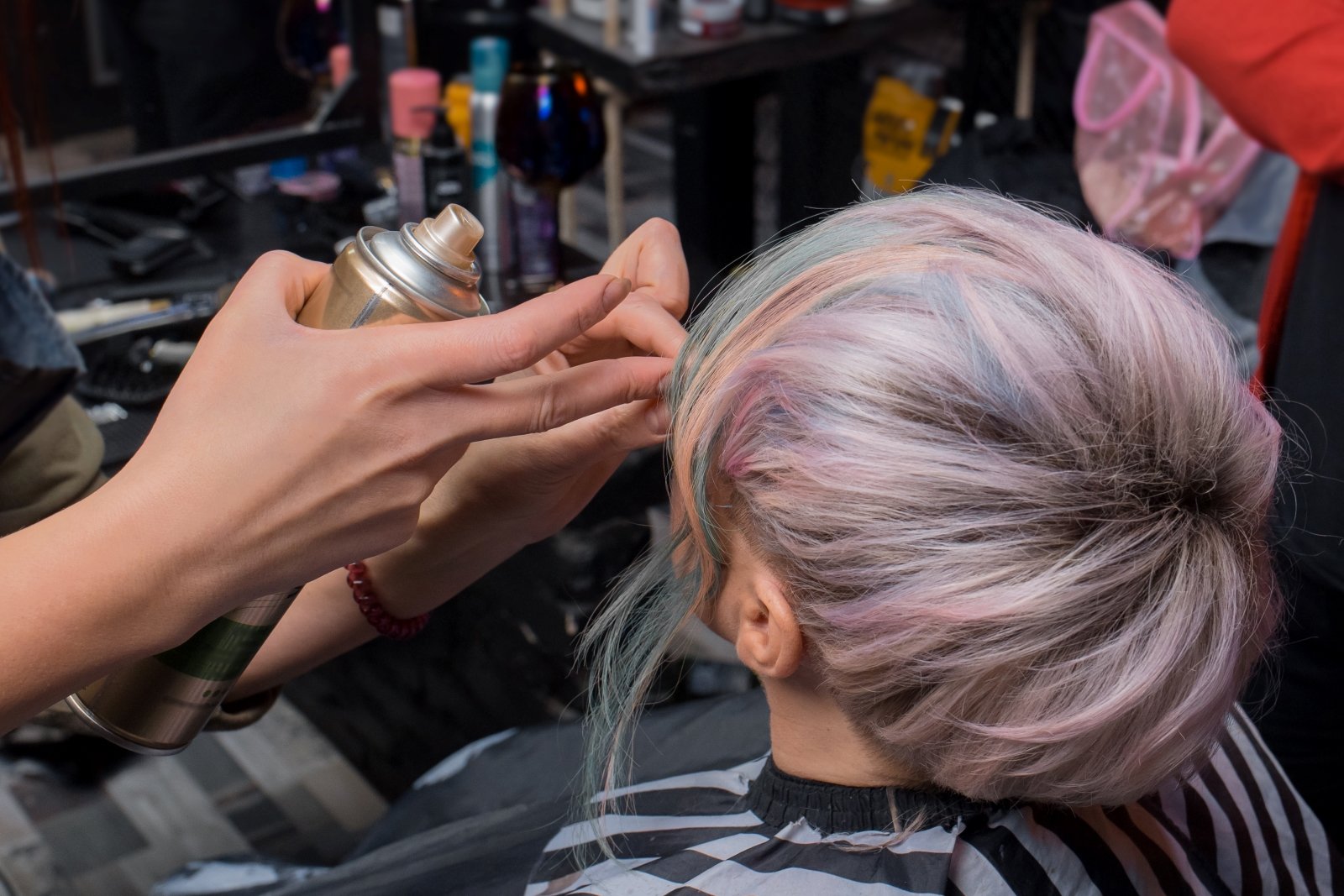
While this used to be true, modern hair sprays are less effective due to reduced alcohol content. Instead, opt for rubbing alcohol to tackle stubborn ink stains. It’s gentler and won’t leave behind residue like hairspray can.
Rub Stains to Remove It
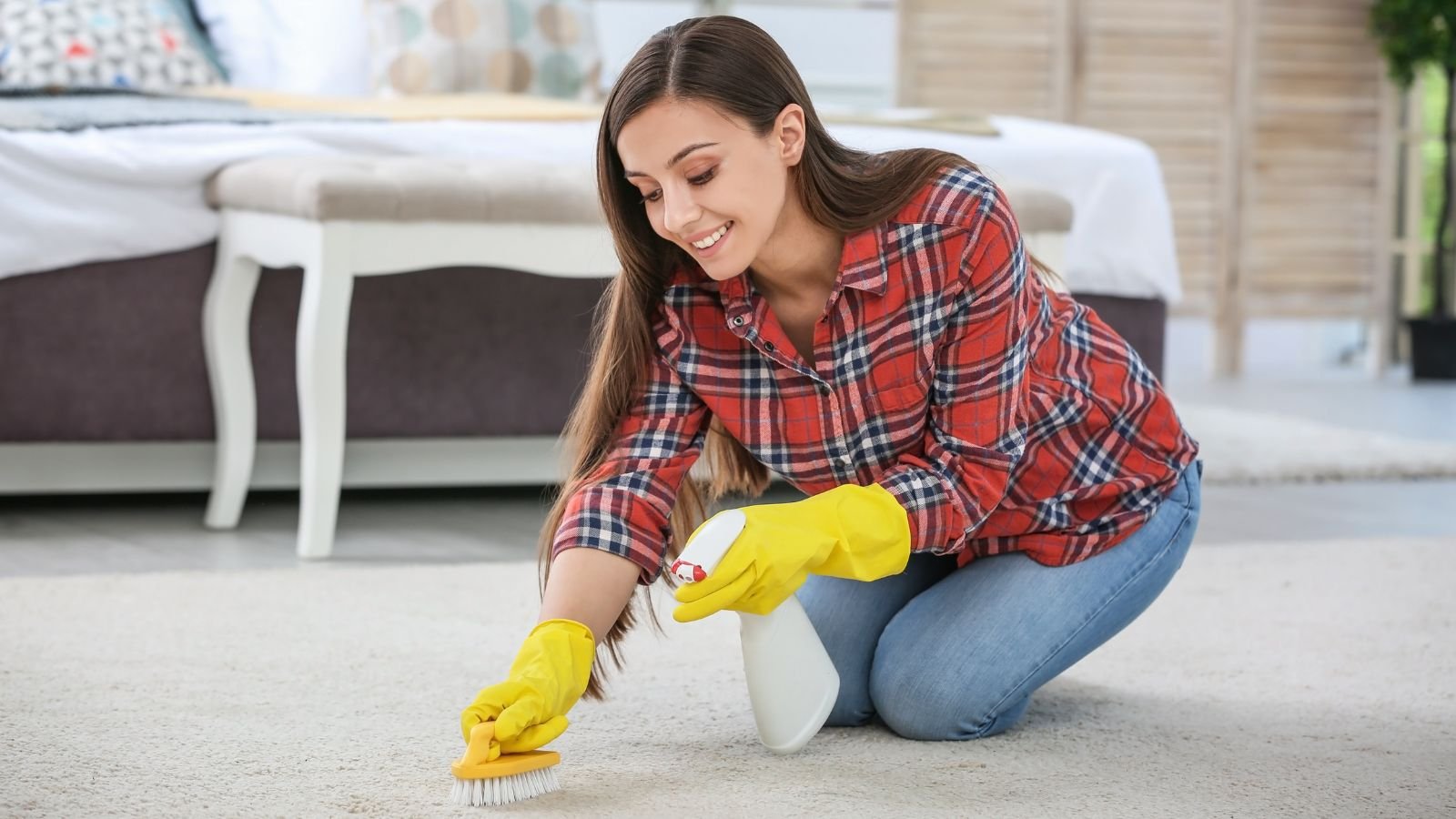
Acting fast on spills is crucial, but rubbing them vigorously can make matters worse. Instead of spreading the stain, gently blot to remove excess residue. Then, use an appropriate stain-removal method for best results.
